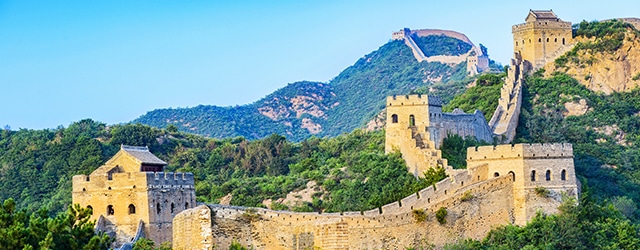Japanese prime minister Shinzo Abesays he's ready to cooperate with China’s massiveOne Belt, One Road infrastructure plan.But his endorsement comes with a lot of ifs.

That didn’t take long. Four months after Donald Trump withdrew the United States from the long-negotiated Trans-Pacific Partnership (TPP), Japanese prime minister Shinzo Abe said he was “ready to extend cooperation” to China’s One Belt, One Road initiative, a vague but potentially massive plan to upgrade trade and transport infrastructure from the Pacific Ocean to the Mediterranean Sea.
Abe has made political hay as a China hawk, irritating Beijing with claims to disputed islands and visits to Japanese World War II shrines. So his early June announcement, combined with plans to meet Chinese president Xi Jinping this summer, marks a significant shift. Japan’s intellectual elite are lining up behind the opening. “From an economic standpoint, it makes more sense for Japan to welcome One Belt, One Road,” a writer for the influential newspaper Asahi Shimbun opined.
Yet Abe’s endorsement of the One Belt project comes with a lot of ifs. China must guarantee that the project—which consultant McKinsey estimates could reach 12 times the size of the US Marshall Plan for postwar Europe—maintains “harmony with a free and fair trans-Pacific economic zone,” among other conditions. Abe will also have to buck the same grass-roots anti-China sentiment he has exploited at the ballot box. A substantial 83% of Japanese reported “no positive feelings” toward China in a government survey last year. Just 5% of Japanese executives want to participate in One Belt–related ventures, according to a Reuters poll in May. The captains of Japan Inc. see even cooperation with Russia as a better opportunity.
Investee nations may not benefit from Japan and China combining their development efforts, either. The two Asian superpowers face analogous problems, having more capital and industrial capacity than they can use in their slowing (or in Japan’s case, near-stagnant) domestic economies. They have been competing fiercely to finance new ports and rail lines in places like Indonesia and Bangladesh, giving those neighbors bargaining power they could lose to an overarching One Belt consortium.
Against these obstacles, there is one powerful factor driving a grand investment accord between Japan and China: the current US administration’s bumbling and capricious foreign policy. Abe, who ran considerable political risks to keep Japan behind TPP, has been jilted by America. That could be enough for him to jump into China’s arms.



